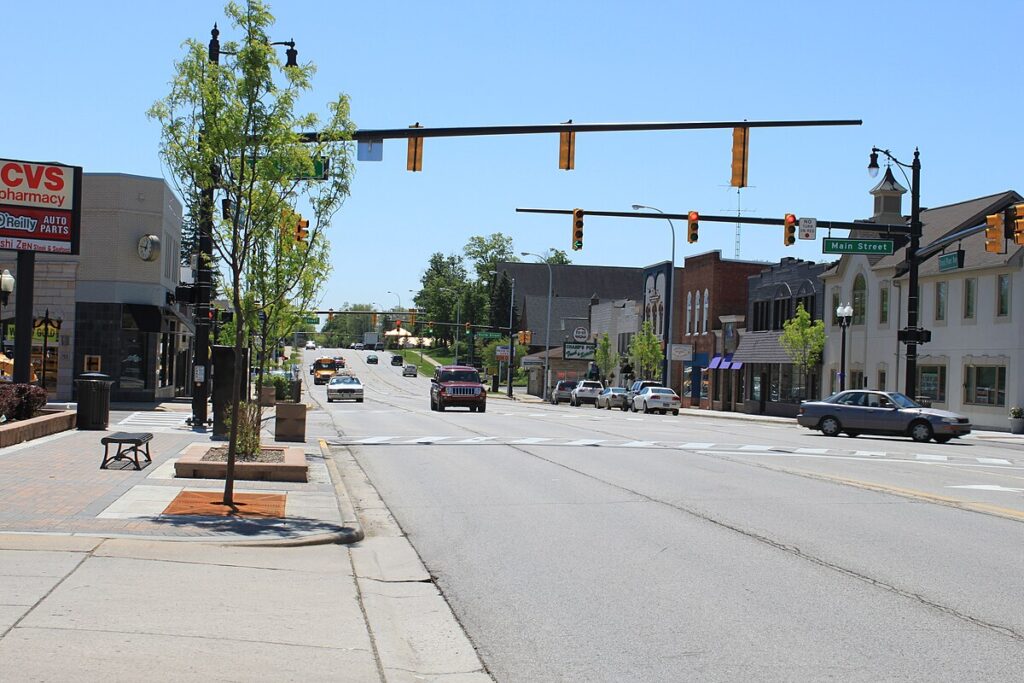
Moving to Brighton, Michigan: A Comprehensive Relocation Guide
Considering moving to Brighton, Michigan? This charming small city offers excellent schools, a convenient location, and classic small-town character. With approximately 7,600 residents in 2025, Brighton combines a historic downtown with modern amenities, making it Livingston County’s most livable destination.
Demographic Profile to Consider If Moving to Brighton:
Brighton’s 2025 population is approximately 7,600 residents in Livingston County, about 35 miles northwest of Detroit and 25 miles northeast of Ann Arbor. The median age is around 40 years, with a mix of families, professionals, and retirees. Brighton features a charming historic downtown centered on Main Street, top-rated schools, and a location convenient to both Detroit and Ann Arbor. The community values education, preservation, and vibrant small-town living. Find trusted local services for moving, living, and working in Brighton 2.Brighton 2 Relocation Directory
Cost of Living to Consider If Moving to Brighton:
Brighton offers moderate affordability for its desirable location. Median home values in 2025 range from $280,000 to $420,000—reasonable given the schools and proximity to two major metro areas. The median household income is about $80,000, while rentals range from $1,200–$1,800 per month. Michigan’s flat 4.25% income tax and moderate property taxes keep costs manageable. Overall, Brighton provides value for families and professionals seeking excellent schools, a walkable downtown, and a short commute to major employment centers.
Economy and Job Market:
Most Brighton residents commute to work across the region. Common destinations include Ann Arbor (25 minutes), Novi/Farmington Hills (20 minutes), and Detroit (45 minutes). Local jobs exist in education, healthcare, and retail, while many residents work in automotive, tech, or professional services across southeast Michigan.
Education:
Brighton Area Schools serve city residents, with Brighton High School consistently ranking among Michigan’s top-performing schools. Families choose Brighton for its quality academics, extracurricular programs, and strong community support for education.
Recreation and Lifestyle:
Downtown Brighton features shops, cafés, and restaurants clustered around scenic Mill Pond—creating one of the most photographed small-city settings in Michigan. Residents enjoy Brighton Recreation Center, numerous lakes, golf courses, and four-season outdoor activities. Community festivals and events strengthen the small-town spirit. Brighton’s lifestyle emphasizes walkability, school pride, and outdoor recreation amid a welcoming environment.
Healthcare and Services:
Healthcare is provided through St. Joseph Mercy Brighton, University of Michigan Health in nearby Ann Arbor, and additional regional hospitals. The area also offers numerous family practices, dental offices, and specialty care clinics.
Transportation:
Brighton’s strategic location along I-96 and US-23 provides quick access to Detroit, Ann Arbor, and Lansing. Commutes average 20–45 minutes depending on destination. Public transit is limited, but the city’s layout supports easy regional driving and local biking.
Conclusion:
Moving to Brighton, Michigan in 2025 offers a blend of historic charm, educational excellence, and location convenience. With small-town warmth, great schools, and proximity to two major cities, Brighton remains one of Michigan’s most desirable places to live.

